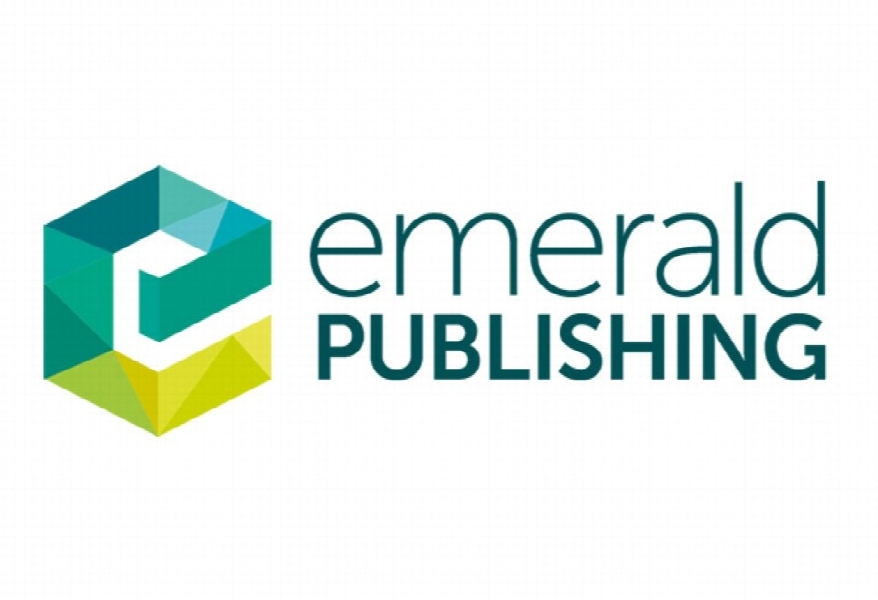دانشگاه های شرکتی به عنوان ابزار مدیریت دانش Corporate universities as knowledge management tools
- نوع فایل : کتاب
- زبان : انگلیسی
- ناشر : Emerald
- چاپ و سال / کشور: 2018
توضیحات
رشته های مرتبط مدیریت
گرایش های مرتبط مدیریت دانش
مجله VINE سیستم های اطلاعاتی و مدیریت دانش – VINE Journal of Information and Knowledge Management Systems
دانشگاه DTG – University of Padua – Vicenza – Italy
شناسه دیجیتال – doi https://doi.org/10.1108/VJIKMS-12-2016-0074
منتشر شده در نشریه امرالد
گرایش های مرتبط مدیریت دانش
مجله VINE سیستم های اطلاعاتی و مدیریت دانش – VINE Journal of Information and Knowledge Management Systems
دانشگاه DTG – University of Padua – Vicenza – Italy
شناسه دیجیتال – doi https://doi.org/10.1108/VJIKMS-12-2016-0074
منتشر شده در نشریه امرالد
Description
1. Introduction In the last decades, continuous learning and lifelong education has been considered a key issue not only for policy makers but also for companies. Indeed, the capability to keep workforce reactive to challenging changes in markets and technologies is deemed vital for a sustainable business environment (Marquardt, 1996). This explains why Corporate Universities (CUs) have become a popular arrangement to facilitate business education and training, organizational learning, and circulation of knowledge inside a firm. Especially (but not only) used by large firms, CUs are now diffused in numerous countries and industries (Andresen and Lichtenberger, 2007; Guerci et al., 2010; Abel and Li, 2012; Antonelli et al., 2013; Ayuningtias, 2015). Although created for different reasons, usually they have similar goals, i.e.: systematic organization of human resources training, retaining employees and reducing negative effects of turnover, facilitating the introduction of fresh workforce, aligning competences around the company, and improving the sense of membership and loyalty of workers (Hearn, 2001). CUs are not only a peculiar educational or training arrangement, but can also be regarded as a means for managing the knowledge possessed by an organization. For this reason, some authors consider them to be a knowledge management (KM) tool (Crocetti, 2001; Rademakers, 2005) or even a part of the organisation’s knowledge infrastructure (Wiig, 1997). Thus, analysing such organisms under a KM perspective should help to understand key practical issues related to their implementation and management and, more generally, to achieve better comprehension of new modes of implementing business education and training in companies. In spite of this potential relevance, the KM literature on CUs is still scarce. In light of this, the present paper contributes to fill such gap by understanding how CUs can be framed into a KM perspective. In particular: a) it discusses the place of CUs in the KM literature; b) it examines relevant KM aspects that emerge in CU implementation and management; and c) it provides preliminary classifications of CUs based on the fundamental notions adopted in the KM literature. Point a) derives from an analysis of relevant literature, with a special focus on KM Journals, while points b) and c) are based on the information collected by means of a preliminary multiple-case analysis of CUs implemented in a number of medium-sized Italian companies. The structure of the paper is as follows. Section 2 provides basic definitions and notions that will be used in the study, and section 3 analyses the place of CUs in the KM literature. Section 4 describes the research questions and method, while section 5 summarises what emerged from the empirical investigation.


